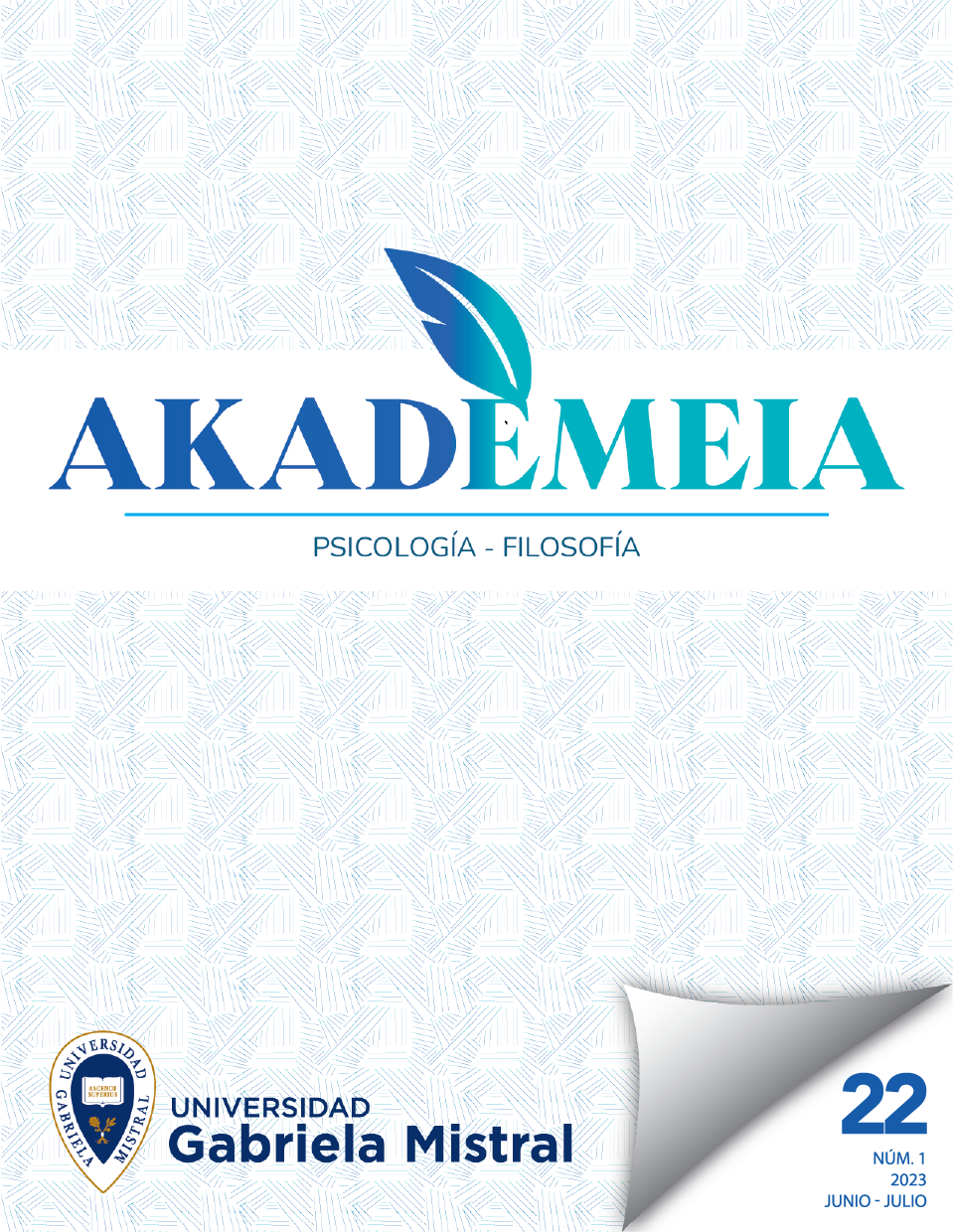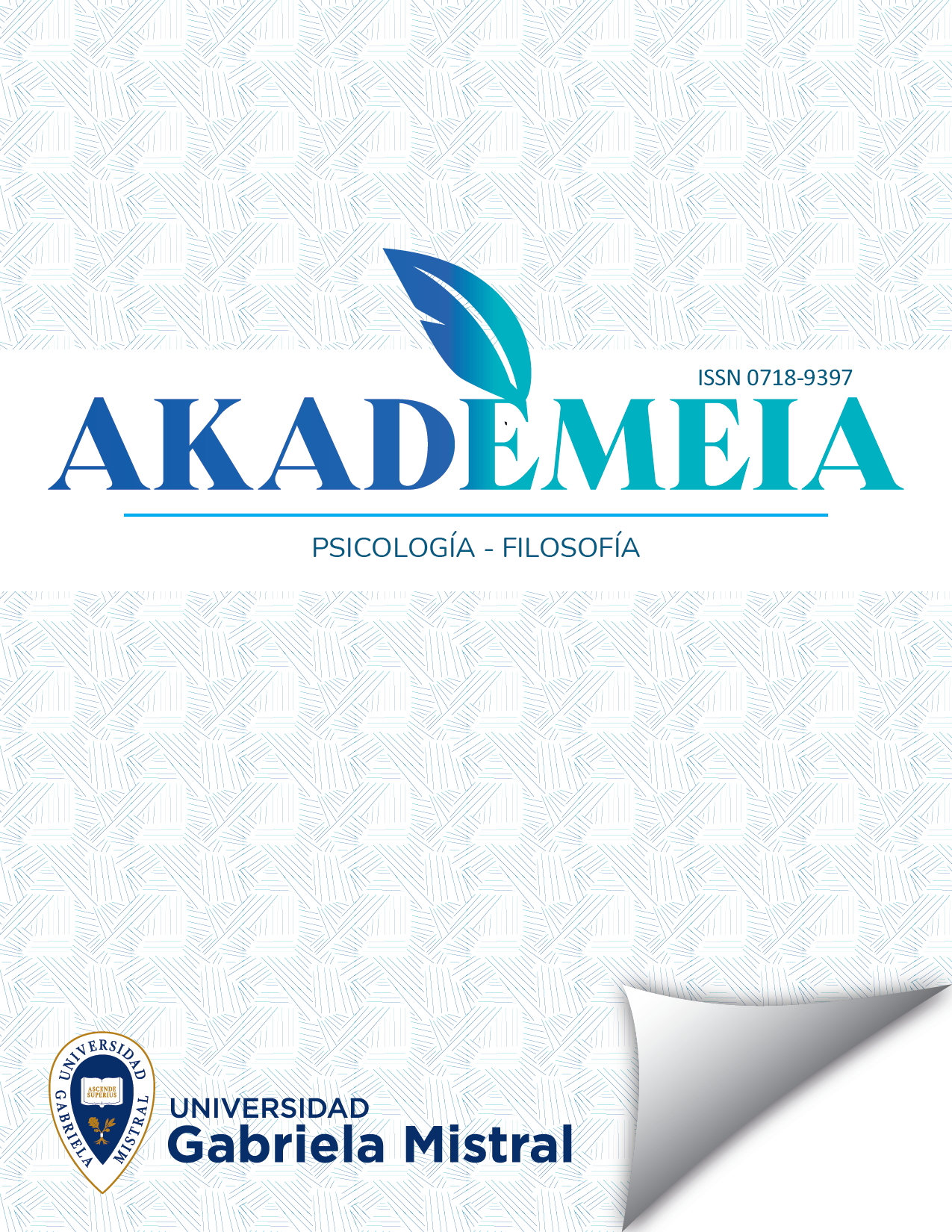Affectivity and (inter)corporality in phenomenology and schizophrenia
DOI:
https://doi.org/10.61144/0718-9397.2023.509Abstract
In the last 20 years, the thesis that schizophrenia can be understood as a disturbance of ipseity has been progressively developed. This is the ‘Copenhagen school’. Despite its productivity, this thesis has obscured the importance of bodily and intersubjective aspects that are crucial for a fuller phenomenological understanding of schizophrenia. Although empirical evidence indicating the relevance of the corporeal and intersubjective aspects of the disorder abounds, there is a lack of a philosophical phenomenology that shows how and in which sense ipseity, corporeality, and intersubjectivity are interconnected. The article makes a philosophical analysis of ipseity, affectivity, corporality and intersubjectivity in a phenomenological-philosophical sense. It is argued that subjectivity cannot be conceived as a completely self-sufficient and interior ipseity. Subjectivity is crossed by corporality and therefore by a duality between interiority and exteriority. It is only through this duality of the experience of the body that it is possible to make sense of intersubjectivity. Towards the end, with the conceptual elements worked out in the analysis, a preliminary understanding of schizophrenic corporeality and intersubjectivity is offered.
Keywords: phenomenology, psychopathology, schizophrenia, subjectivity, lived body, intercorporeality.
How to Cite
License
Copyright (c) 2023 Akadémeia Magazine

This work is licensed under a Creative Commons Attribution-NonCommercial-NoDerivatives 4.0 International License.
Los autores/as conservarán sus derechos de autor y garantizarán a la revista el derecho de primera publicación de su obra, el cual estará simultáneamente sujeto a la Licencia de reconocimiento de Creative Commons (CC BY-NC-ND) 4.0 que permite a terceros compartir la obra siempre que se indique su autor y se comparta el documento, en formato pdf y con la paginación del número original, a través del que este ha sido publicado por la revista. Siguiendo las definiciones establecidas por la licencia (ver: https://creativecommons.org/licenses/by-nc-nd/4.0/deed.es) los números de la revistas seguirán los siguientes términos:
-
Atribución — Usted debe dar crédito de manera adecuada, brindar un enlace a la licencia, e indicar si se han realizado cambios. Puede hacerlo en cualquier forma razonable, pero no de forma tal que sugiera que usted o su uso tienen el apoyo de la licenciante.
-
No Comercial — Usted no puede hacer uso del material con propósitos comerciales.
-
Sin Derivadas — Si remezcla, transforma o crea a partir del material, no podrá distribuir el material modificado.
- No hay restricciones adicionales — No puede aplicar términos legales ni medidas tecnológicas que restrinjan legalmente a otras a hacer cualquier uso permitido por la licencia.












